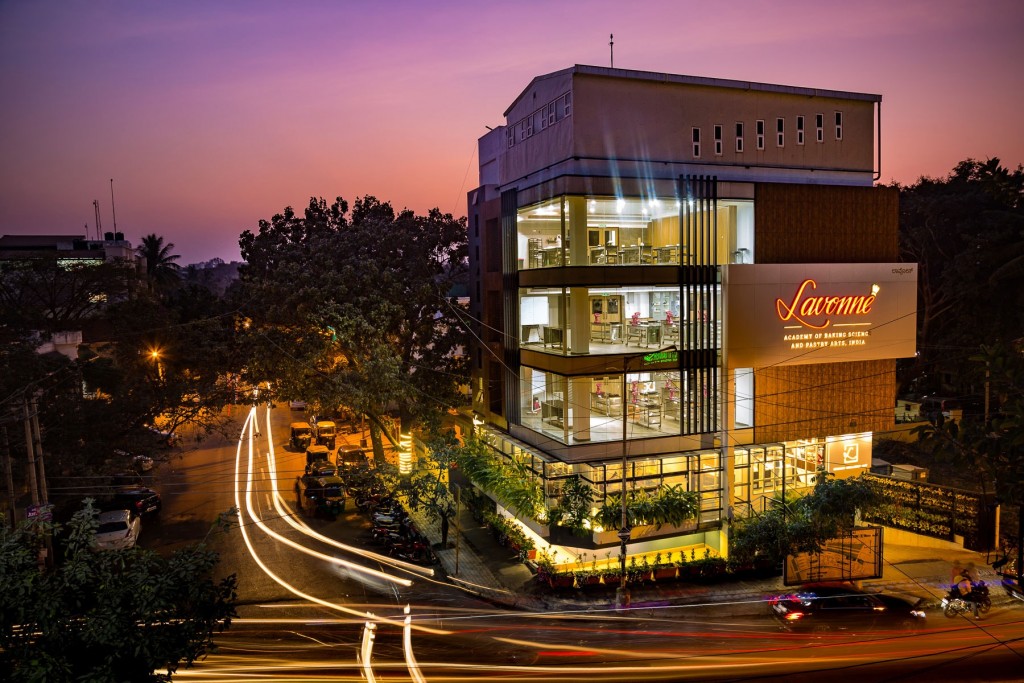A Long and Fabled Legacy
Everyone’s heard the story of how ice cream was invented in China, where it was served in the form of flavoured crushed ice. But over time, due to the inability to accurately identify one single country as responsible for inventing ice cream, it has been accepted that it is more likely that it was invented across multiple countries at the same time.
From China to the Mediterranean and Middle East to Greece, versions of this frozen favourite have surfaced throughout history. Wine flavoured ice, fruit crushed with snow and honey, and finally Gelato, created by the Italians based on a recipe brought back by Marco Polo from China, in the 13th century.

Photo credit: http://www.ibisworld.com/media/wp-content/uploads
Because of the resources and ingredients required to enjoy this dessert in ancient times, it was available only to royalty and nobility of the time. It wasn’t until much later in the 17th century, when cafés in Paris began serving it, along with coffee, did it become available to the general public.
In about 1846, mechanised freezers entered the market and thus began the revolution of mass production of ice cream. For a dessert that dates it origins back to well before the 9th century, the popularity of the product has not waned by slightest since. It is still as sought after as it once used to be, available now in different shapes and forms.

Photo credit: http://easybaked.net/tag/dessert-cups/
But we wouldn’t be doing justice to the term ‘Frozen Dessert’ if we spoke only about Ice creams. Frozen desserts encompass a whole variety of desserts that have evolved from their ancient origins, but have now taken on their own uniquely delightful traits.
Event though they might seem quite similar, they are widely classified by the freezing method employed.
The Two Major Divisions
Frozen desserts are either churned or still-frozen. Generally, churned desserts are made from milk and custard, or non dairy products like fruits, chocolate and other flavours churned together with sugar. Examples of churned desserts are ice cream, gelato, sorbet and sherbet.
The still-frozen kind, (also called the semifreddi) are generally made from custards and mousses without churning. Parfaits and bombes are examples of this type of dessert, and so it also includes moulds lined with cake and filled with ice cream, sorbet, mousses, etc.
Useful terminology
Overrun– The amount of air churned into a churn-frozen product. This is also an indicator of quality, because the more superior kinds contain enough air to make them light while the inferior products contain an excess of overrun. Ingredients used in making the frozen dessert also effect the level of overrun.
Mouthfeel– This refers to the texture of a frozen dessert. The desserts with a higher fat content tend to have a smoother mouthfeel while desserts low on fat, like sorbets, have a more textured mouthfeel.
Stabilisers– These are added to frozen desserts to improve their texture and freezing abilities. Sometimes, through the process of churning, there is some leftover water that does not freeze. These stabilisers help bind that water. This is widely used for commercial purposes, in inexpensive frozen desserts.

Photo credit: http://blog.seasonwithspice.com/2011/08/
Churning– This one is an important one. It doesn’t matter what kind of frozen dessert you’re attempting- cooling the ice cream base is extremely important so that your final product has a smooth texture to it. The logic behind this is that the longer a mixture takes to freeze, the more time it has to develop large ice crystals. If your ice cream base is well chilled, this can be avoided.
Inclusions– Refers to nuts and pieces of fruits or even chocolate, which can be seen in ice creams. These are added towards the end of the churning process so that they retain their shape and size.
Types of Frozen Desserts
As we mentioned, simply talking about ice cream would be doing an injustice to the variations of frozen desserts. Here are the different types of frozen desserts, of both the churned and semifreddi form.
 Sorbet– This refreshing dessert is usually a churned mixture of sugar, water and fruit juice, but also uses wine, liqueurs and other flavouring agents. It is usually served between course meals as a palate refresher, but is also served as just a dessert. There are varied processes to make sorbet, some involving sugar syrup to add to the body and flavour and others including pasteurised egg whites, to improve texture.
Sorbet– This refreshing dessert is usually a churned mixture of sugar, water and fruit juice, but also uses wine, liqueurs and other flavouring agents. It is usually served between course meals as a palate refresher, but is also served as just a dessert. There are varied processes to make sorbet, some involving sugar syrup to add to the body and flavour and others including pasteurised egg whites, to improve texture.

Parfait– This one differs depending on which country you’re in. In the United States, this refers to a portion of ice cream layered with sauce and served in a tall glass. In France, it is a more complex mixture of cooked and whipped egg yolks, into which whipped cream and flavour is folded and the mixture is then frozen.
 Granita– This dish is made from freezing ice and flavouring in a shallow stainless steel container, which is then scraped off to obtain grainy flakes of ice. Compared to the sorbet, this has a lower sugar content.
Granita– This dish is made from freezing ice and flavouring in a shallow stainless steel container, which is then scraped off to obtain grainy flakes of ice. Compared to the sorbet, this has a lower sugar content.

Bombe– Bombes are created using ring or silicon moulds, which are lined with spongecake and then filled with either ice cream, sorbet or parfait, or a mixture of the three. Traditionally, the mould is in an oval shape and are sealed before the mixture is frozen. The mould usually has handles, which allows the pastry chef to easily remove the frozen bombe from the mould by dipping it in warm water.

Gelato– An Italian style of ice cream made with milk, gelato is widely known to have a low milk-fat content, although this is not a reflection on the flavour. Despite its low fat and calorie content, it tends to have a more concentrated flavour than ice cream. Similar to ice cream, it is a custard that is churned during freezing.

Spoom– This is a frothy version of the sorbet, with a lighter syrup requirement than the sorbet. Like sorbet, it is made with fruit juices, wines and liqueurs. However, during the course of setting, it is mixed with Italian meringue. The name comes from the Italian word for foam, spuma, and is indicative of the lightness and texture of the dessert.

Ice cream– And it finally comes down to the most popular and universally recognised frozen dessert, the ice cream. The procedure for making ice cream involves custards being churned during the process of freezing. Ice creams are usually high on milk fats and this is what gives them their creamy, rich texture. The higher the quality of ice cream, the higher the level of milk fat. The French style of ice cream contains a higher level of egg yolk and cream than the standard ice creams.
The greatest thing about the frozen desserts is their versatility. Over the decades, they have transformed and evolved, and have delighted people by taking on different forms and flavours. And it really doesn’t matter what time of the year it is or where you are- they’re always the most refreshing form of dessert you can have.
Photo credits:
Sorbet- http-//www.hungrytoolkit.com/leadership-development-the-5010-mental-sorbet/
Parfait- http-//foodimentary.com/2014/06/25/june-25-national-strawberry-parfait-day-3/
Granita- http://cowgirlchef.com/2010/08/13/watermelon-granita/
Bombe- Cultura RM / Danielle Wood / Getty Images
Gelato-http://trentinogelato.com/chocolates/
Spoom- http://www.coupdepouce.com/recettes-cuisine/desserts/cremes-glacees-et-sorbets/spoom-a-la-framboise/r/11370
Ice cream- http-//agurus.com/top-10-ice-cream-flavors-of-all-time.html



